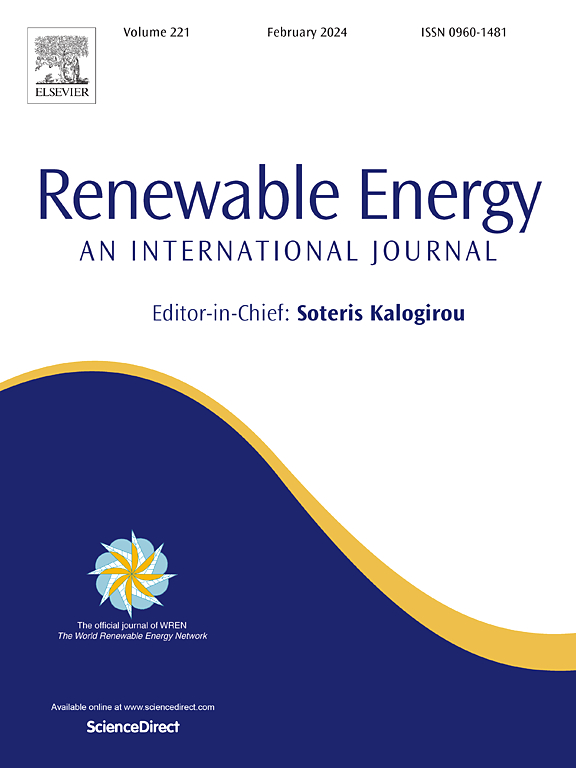Active control method based on operation strategy for a novel combined cooling, heating and power system integrated with solar thermochemical process
IF 9
1区 工程技术
Q1 ENERGY & FUELS
引用次数: 0
Abstract
Effectively solving the problem of mismatch between combined cooling, heating and power (CCHP) system outputs and user's load demands is one of the current research hotspots. An improved active control operation strategy (ACS) is proposed for a novel CCHP system integrating with solar thermochemical process, which gives priority to the use of flue gas waste heat for heating, and actively adjusts the generated electricity to supplement the cooling capacity with the electric chiller. And a new performance evaluation index named as valuable primary energy efficiency (VPEE) is proposed to reflect the valuable primary energy efficiency of CCHP system based on meeting user's energy demands. The fossil energy saving rate, carbon dioxide emission reduction rate, cost saving rate and comprehensive performance matching (CPM) are also taken into account. The results show that the proposed CCHP system can effectively meet the user's energy demands under different situations with ACS method. The comprehensive performance of the CCHP system with ACS method is superiority to those under reference strategies. The average VPEE of the CCHP system is the highest under ACS strategy, reaching 89.07 %. The average CPM values of the CCHP system in typical summer, transition and winter day are 58.90 %, 45.80 % and 47.87 % respectively, which are the highest values under the three operation strategies in the corresponding days. The comparison of application results in different cities shows that the CCHP system has better CPM when applied in cities with higher solar radiation under the ACS strategy, especially significantly improves the “outputs-demands” matching.
求助全文
约1分钟内获得全文
求助全文
来源期刊

Renewable Energy
工程技术-能源与燃料
CiteScore
18.40
自引率
9.20%
发文量
1955
审稿时长
6.6 months
期刊介绍:
Renewable Energy journal is dedicated to advancing knowledge and disseminating insights on various topics and technologies within renewable energy systems and components. Our mission is to support researchers, engineers, economists, manufacturers, NGOs, associations, and societies in staying updated on new developments in their respective fields and applying alternative energy solutions to current practices.
As an international, multidisciplinary journal in renewable energy engineering and research, we strive to be a premier peer-reviewed platform and a trusted source of original research and reviews in the field of renewable energy. Join us in our endeavor to drive innovation and progress in sustainable energy solutions.
 求助内容:
求助内容: 应助结果提醒方式:
应助结果提醒方式:


